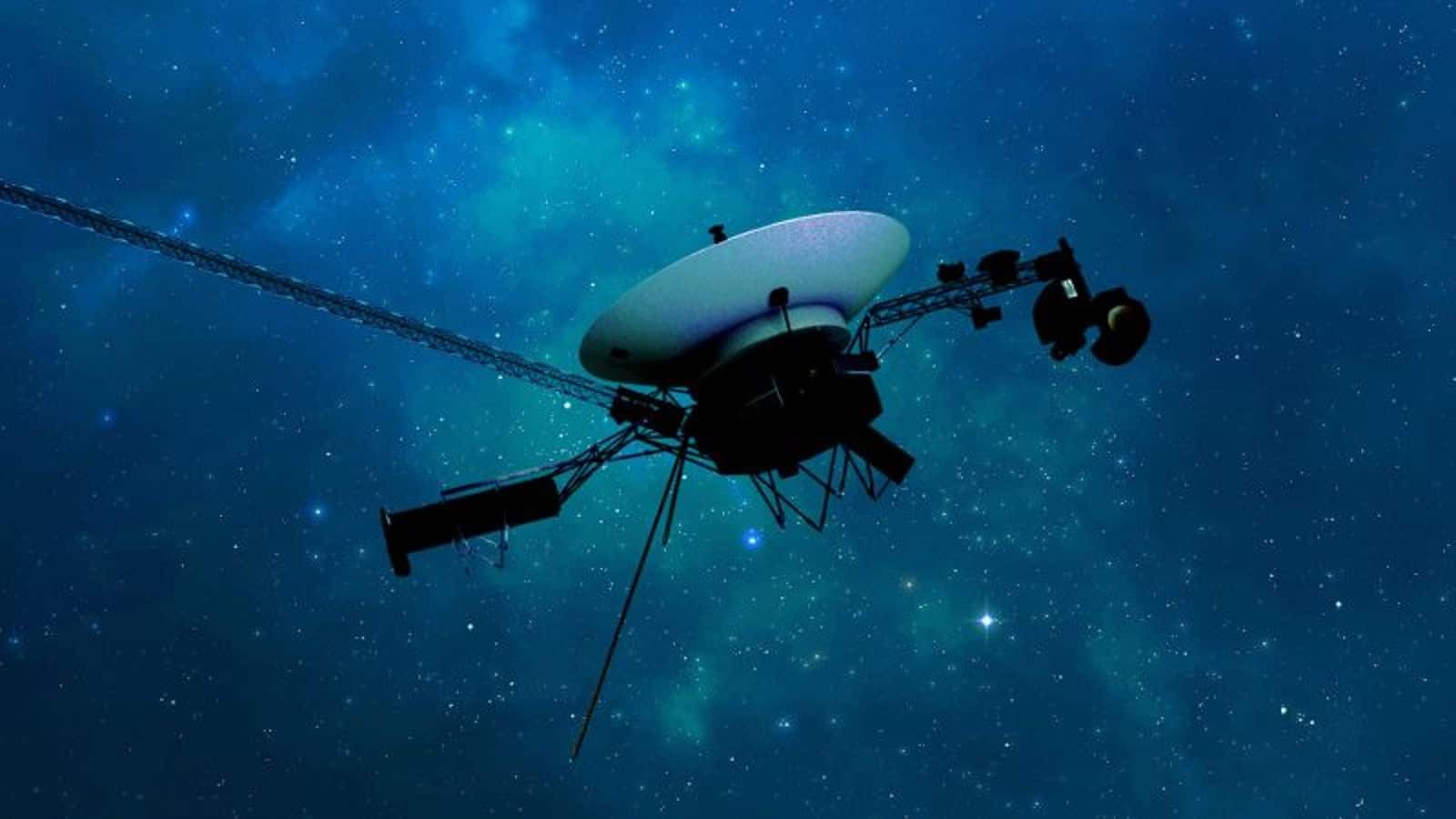
NASA's Voyager 1 spacecraft resumes data transmission after 7-month silence
What's the story
NASA's Voyager 1 spacecraft is currently the farthest man-made object from Earth, at approximately 15 billion miles away. Now, it has resumed sending back scientific data after a seven-month hiatus caused by a computer glitch. The probe had stopped communicating coherently with mission control in November 2023. A fix by the Voyager mission team brought back communication with the spacecraft, and engineering data started streaming back to mission control.
Source
Computer glitch traced to corrupted chip
The communication problem was traced to a corrupted chip in the probe's flight data subsystem (FDS) computer. This single chip stored a portion of the system's memory, which includes some of the computer's software code. The loss of code on this chip rendered Voyager 1's science and engineering data unusable. Since there was no way to repair the processor, the team stored the affected code from the chip elsewhere in the system's memory.
Data recovery
Spacecraft now returning science data
The Voyager team sent a command to the spacecraft to initiate returning science data, on May 19. Two of its four science instruments responded at first, but getting data back from the other two took time and required recalibration. As of June 13, all four instruments are now beaming back usable science data according to NASA. These instruments study magnetic fields, plasma waves, and particles, providing crucial information on how these elements get changed as the probe flies farther away.
Space exploration
Voyager 1's role in understanding interstellar space
The Voyager 1 spacecraft was launched in 1977 alongside its sister vehicle, Voyager 2. Both are now in space and are the only spacecraft operating beyond the heliosphere — the Sun's bubble of magnetic fields as well as particles that extend well beyond Pluto's orbit. The information collected by these long-lived probes is allowing scientists to analyze the shape of the heliosphere, and how it safeguards Earth from energized particles and radiation in interstellar space.
Future adjustments
NASA engineers to resynchronize spacecraft's timekeeping software
Despite the recent fix, there are still minor adjustments required to manage the effects of the initial issue. "Among other tasks, engineers will resynchronize timekeeping software in the spacecraft's three onboard computers so they can execute commands at the right time," according to NASA. The team will also perform maintenance on the digital tape recorder, which records data for the plasma wave instrument that is sent to Earth twice per year.